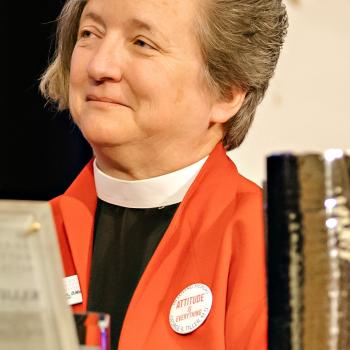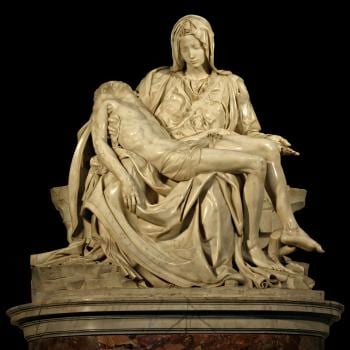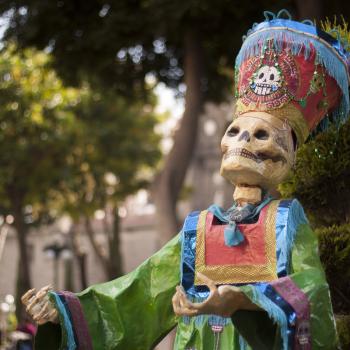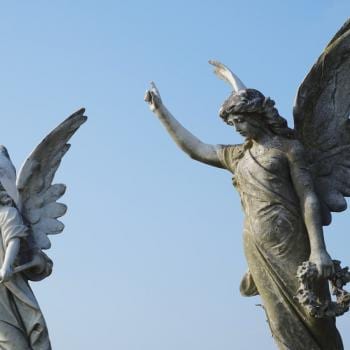The National Abortion Federation (NAF) have announced that The Very Reverend Katherine Hancock Ragsdale is to be their President and CEO. “We are pleased to announce that Katherine will be staying at NAF as our President & CEO,” said Sue Carlisle, MD, NAF’s Board Chair. “In her short time at NAF, Katherine has demonstrated her unwavering commitment to serving our members and her great vision for the future of NAF, the NAF Hotline Fund, and NAF Canada. After working with... Read more
















